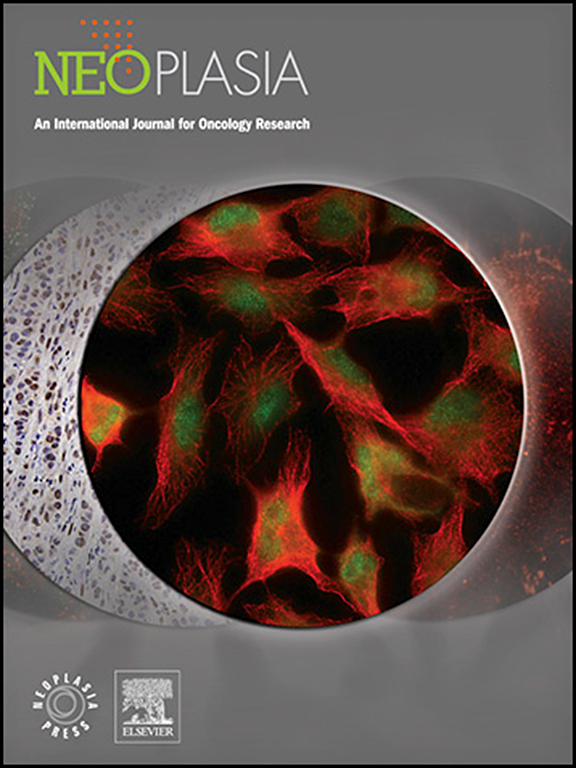头颈部鳞状细胞癌的光诊断与治疗进展。
IF 4.8
2区 医学
Q1 Biochemistry, Genetics and Molecular Biology
引用次数: 0
摘要
头颈部鳞状细胞癌(HNSCC)是头颈部最常见的肿瘤类型,由于其高度侵袭性和易远处转移,严重威胁人类健康。HNSCC的诊断目前依赖于可疑病变的活检和组织病理学检查。然而,早期的粘膜变化是微妙的,很难通过常规口腔检查发现。至于治疗,手术仍是主要的治疗方式。由于复杂的解剖结构和术中缺乏准确确定切口边缘的方法,外科医生在广泛切除肿瘤和提高患者生存质量之间处于两难境地。随着对HNSCC的了解越来越多,人们越来越重视光学成像的价值。光学技术为早期术前诊断、术中肿瘤边缘实时可视化、前哨淋巴结活检、光疗提供了独特的可能性。荧光成像、窄带成像、拉曼光谱、光学相干层析成像、高光谱成像和光声成像已被报道用于HNSCC成像。本文全面概述了光学成像在HNSCC诊断和治疗中的基本原理和临床应用,重点介绍了其优势和局限性,以促进该领域的发展。本文章由计算机程序翻译,如有差异,请以英文原文为准。
Recent advances of photodiagnosis and treatment for head and neck squamous cell carcinoma
Head and neck squamous cell carcinoma (HNSCC) are the most common type of head and neck tumor that severely threatens human health due to its highly aggressive nature and susceptibility to distant metastasis. The diagnosis of HNSCC currently relies on biopsy and histopathological examination of suspicious lesions. However, the early mucosal changes are subtle and difficult to detect by conventional oral examination. As for treatment, surgery is still the primary treatment modality. Due to the complex anatomy and the lack of intraoperative modalities to accurately determine the incision margins, surgeons are in a dilemma between extensive tumor removal and improving the quality of patient survival. As more knowledge is gained about HNSCC, the increasing recognition of the value of optical imaging has been emphasized. Optical technology offers distinctive possibilities for early preoperative diagnosis, intraoperative real-time visualization of tumor margins, sentinel lymph node biopsies, phototherapy. Fluorescence imaging, narrow-band imaging, Raman spectroscopy, optical coherence tomography, hyperspectral imaging, and photoacoustic imaging have been reported for imaging HNSCC. This article provides a comprehensive overview of the fundamental principles and clinical applications of optical imaging in the diagnosis and treatment of HNSCC, focusing on identifying its strengths and limitations to facilitate advancements in this field.
求助全文
通过发布文献求助,成功后即可免费获取论文全文。
去求助
来源期刊

Neoplasia
医学-肿瘤学
CiteScore
9.20
自引率
2.10%
发文量
82
审稿时长
26 days
期刊介绍:
Neoplasia publishes the results of novel investigations in all areas of oncology research. The title Neoplasia was chosen to convey the journal’s breadth, which encompasses the traditional disciplines of cancer research as well as emerging fields and interdisciplinary investigations. Neoplasia is interested in studies describing new molecular and genetic findings relating to the neoplastic phenotype and in laboratory and clinical studies demonstrating creative applications of advances in the basic sciences to risk assessment, prognostic indications, detection, diagnosis, and treatment. In addition to regular Research Reports, Neoplasia also publishes Reviews and Meeting Reports. Neoplasia is committed to ensuring a thorough, fair, and rapid review and publication schedule to further its mission of serving both the scientific and clinical communities by disseminating important data and ideas in cancer research.
 求助内容:
求助内容: 应助结果提醒方式:
应助结果提醒方式:


